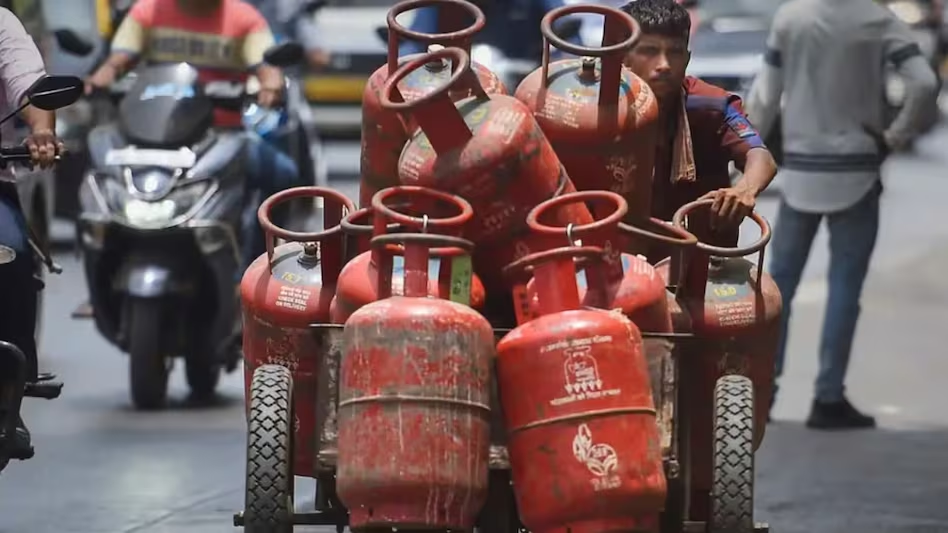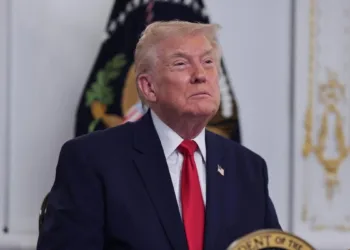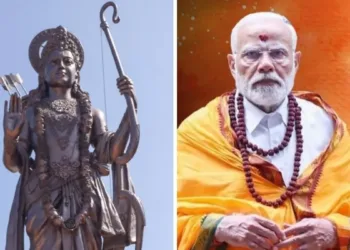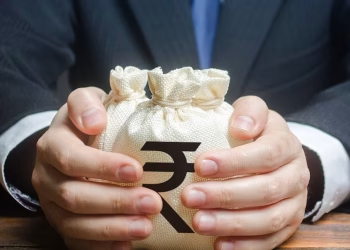LPG Cylinder Price Hike: In a move that has sent shockwaves through households across India, the government announced a significant increase in cooking gas prices today. The price of domestic LPG cylinders has jumped by Rs 50 per cylinder, affecting both subsidized and non-subsidized consumers alike. This unexpected hike comes at a time when many families are already grappling with rising living costs, prompting concerns about its wider economic impact.
Table of Contents
What Exactly Changed? Breaking Down the Numbers
Union Oil Minister Hardeep Singh Puri confirmed the price revision earlier today, stating that the cost of a standard 14.2-kg LPG cylinder will now be:
- For Ujjwala beneficiaries: Increased from Rs 500 to Rs 550 per cylinder
- For general consumers: Jumped from Rs 803 to Rs 853 per cylinder
“The price per cylinder of LPG will increase by Rs 50. From 500, it will go up to 550 (for PMUY beneficiaries) and for others it will go up from Rs 803 to Rs 853,” Minister Puri announced, adding that “This is a step which we will review as we go along. We review these every 2-3 weeks.”
This marks the first major revision in domestic LPG prices since March last year, when prices were actually reduced by Rs 100 per cylinder.

The Double Whammy: Fuel Excise Duty Also Rises
In what appears to be a coordinated policy move, the government simultaneously announced an increase in excise duties on petrol and diesel by Rs 2 per liter each. According to a notification from the revenue department of the finance ministry, the excise duty on petrol has been raised to Rs 13 per liter and on diesel to Rs 10 per liter.
Interestingly, the petroleum ministry has assured consumers that these excise duty hikes would not affect retail fuel prices. Minister Puri clarified: “The excise duty that you have seen increase is not to go on to the consumer on petrol and diesel. That excise increase is intended to compensate the oil marketing companies for Rs 43,000 crore that they have incurred as a loss on the gas part of it.”
Impact on Household Budgets: The Real Cost
For the average Indian household, the Rs 50 increase translates to an additional financial burden that compounds over time:
- A typical non-subsidized family using one cylinder every 1-2 months will now pay an extra Rs 300-600 annually
- Ujjwala beneficiaries, who are predominantly from lower-income groups, will see their subsidized cylinder cost increase by 10%
- Restaurant and food businesses that use multiple cylinders monthly face significantly higher operational costs
The timing is particularly challenging as many households are already feeling the pressure of inflation in essential commodities.
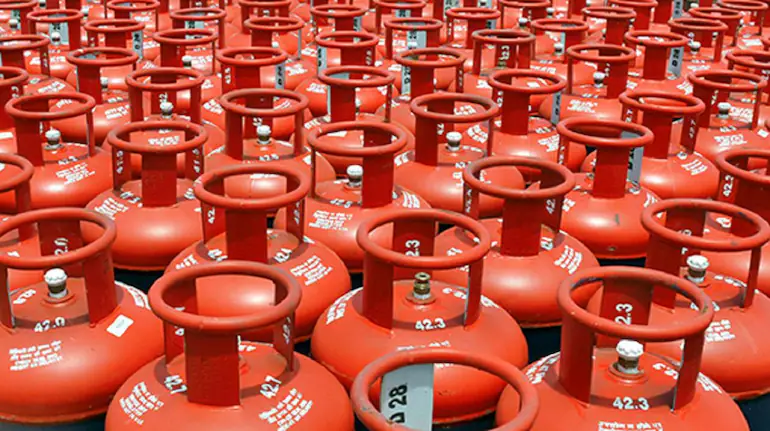
Political Reactions: Opposition Criticizes the Move
The price hike has predictably drawn sharp criticism from opposition parties. The Congress party was quick to condemn the decision, terming it as “rubbing salt on the wound” of people already suffering from inflation.
In a social media post, Leader of Opposition in Rajya Sabha Mallikarjun Kharge stated: “There was a shortage of LPG gas cylinders, Modi ji… This time the whip of inflation also fell on the savings of the poor women of Ujjwala. Looting, extortion, fraud…all have become synonymous with the Modi government.”
The opposition also shared older videos of Prime Minister Narendra Modi criticizing LPG price hikes during previous administrations, highlighting what they see as a contradiction in his stance now that his government is implementing similar measures.
The Broader Economic Picture: Inflation Concerns
Economists are watching these developments closely, particularly for their potential impact on inflation metrics. LPG is a basic necessity in most Indian households, and price increases in essential commodities often have ripple effects throughout the economy:
- Food inflation: Restaurants and food vendors may pass increased costs to consumers
- Service sector pricing: Businesses with LPG-dependent operations may raise prices
- Rural spending: Reduced discretionary spending power in rural households where Ujjwala scheme is widely used
The timing is particularly sensitive given recent volatility in global markets, with the Indian stock market experiencing significant turbulence just today.

Looking Forward: What Consumers Can Expect
Minister Puri indicated that this price increase would be “reviewed after every 15-30 days,” suggesting that further adjustments—either upward or downward—remain possible depending on market conditions and government assessments.
For consumers looking to minimize the impact of this price increase, energy efficiency measures and careful usage monitoring become even more important. Some households may also explore alternative cooking methods where feasible, though the practicality of such alternatives varies greatly by region and living situation.
The Bottom Line
The Rs 50 hike in LPG cylinder prices represents another challenge for household budget management in an already complex economic environment. While the government frames this as a necessary measure to offset losses faced by oil marketing companies, the immediate impact falls directly on consumers.
As this situation develops, consumers should stay informed about any potential relief measures or further price adjustments that may be announced in the coming weeks.
How is this price hike affecting your household budget? Share your thoughts and experiences in the comments below.

